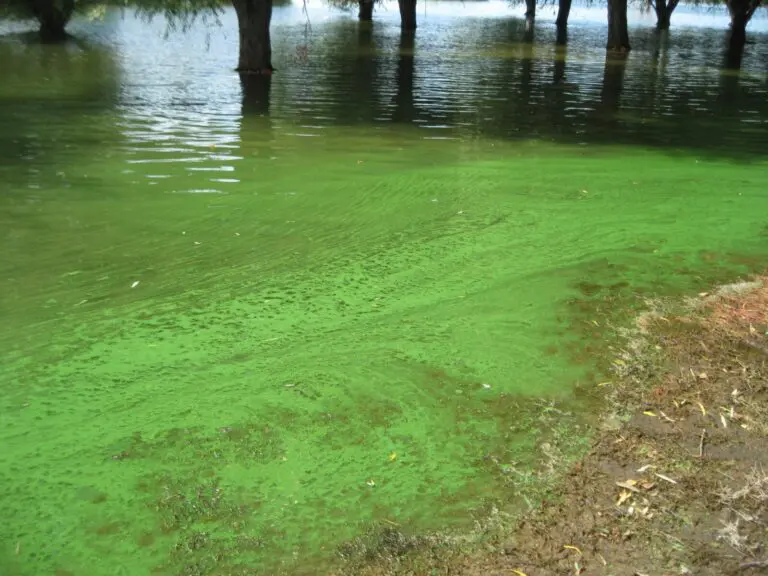Clothing that contains synthetic materials such as polyester and nylon contributes to microplastic pollution, which can end up in the ocean and the seafood that humans eat, according to NBC’s Mach.
These plastic-based fibers have been found as far away as the North Pole and Antarctica. Oftentimes, the microfibers that cause this pollution are released into the environment through loads of laundry. According to Mach, as many as 700,000 fibers can be released in a single load.

For agricultural communities, microplastic becomes a problem when it interacts with food production. Because these fibers are so small, they can be difficult to clean out of waterways. Able to bypass water filtration systems, the microfibers end up in drinking water and fertilizer. Which means that they frequently pollute our food not only by ending up in the digestive tracts of the seafood we eat, but also through on-land fertilizers and irrigation systems.
Currently, solutions in effect to remedy further microfiber pollution include products such as the “Guppyfriend,” a reusable bag in which people can wash clothing with synthetic fibers in order to prevent these fibers from entering the waterways. Other solutions include using front-loading washing machines and producing fabrics that shed fewer microfibers, a research project currently underway by clothing company Patagonia.












